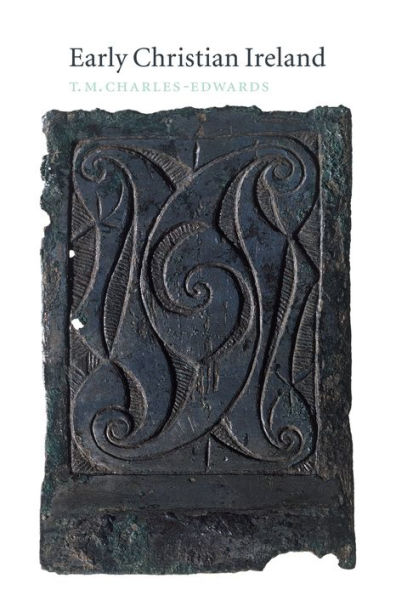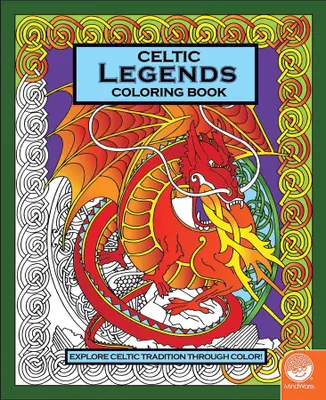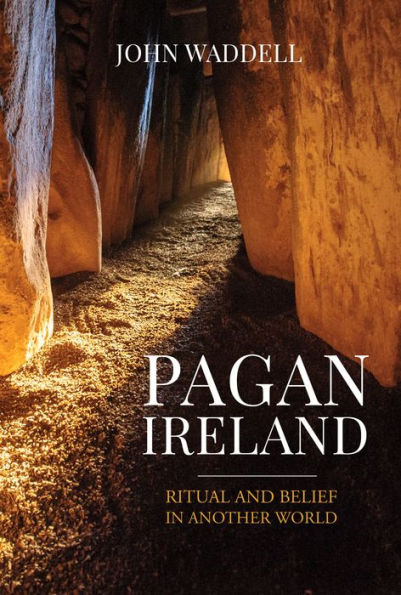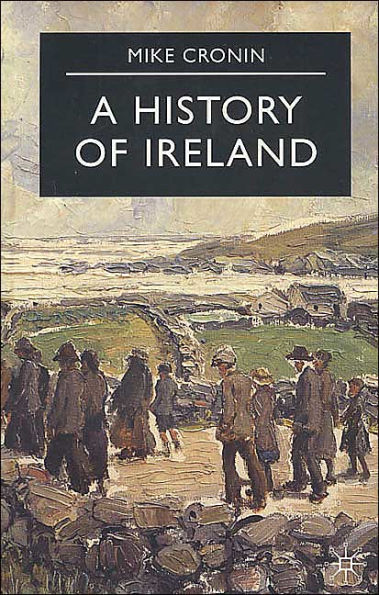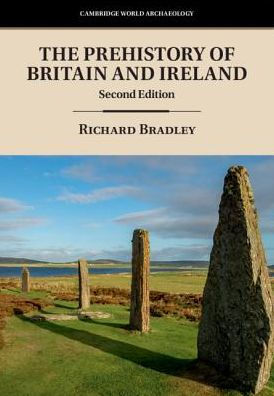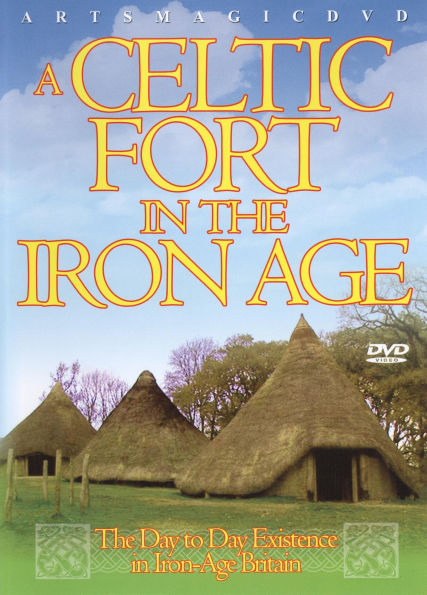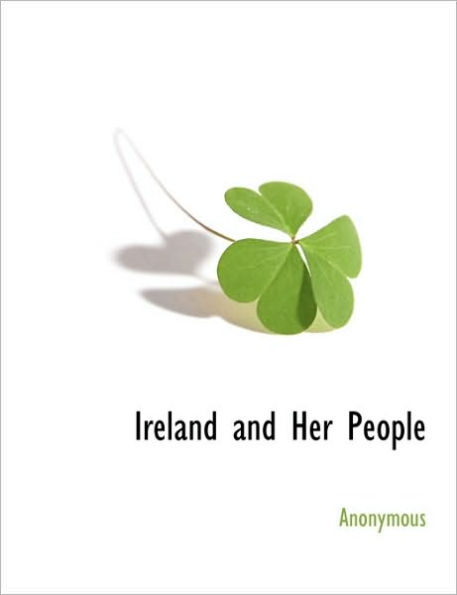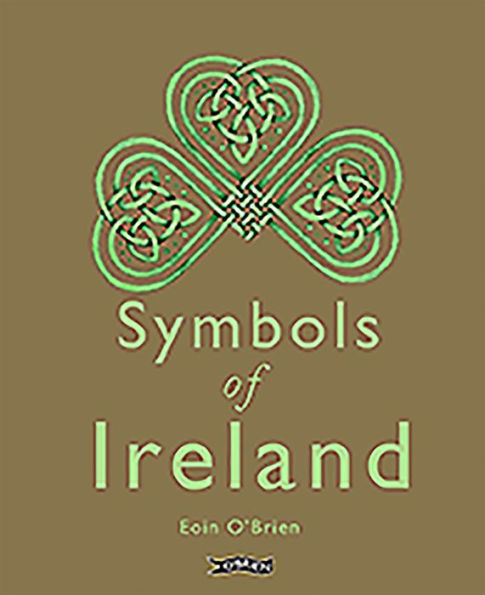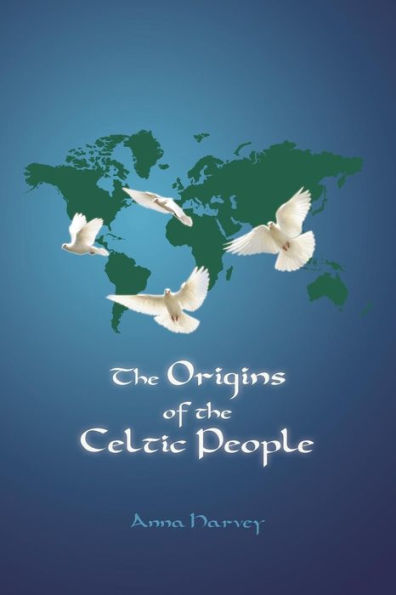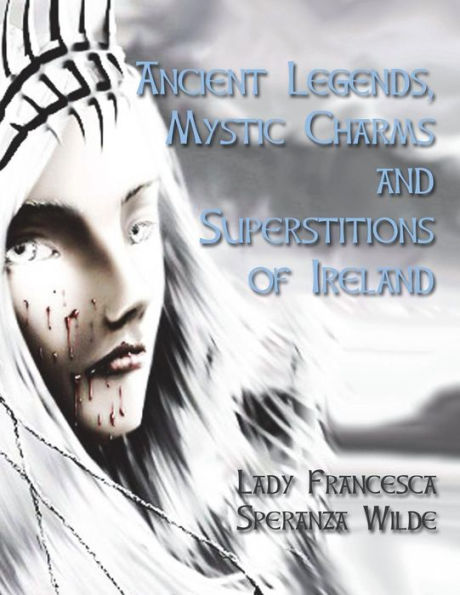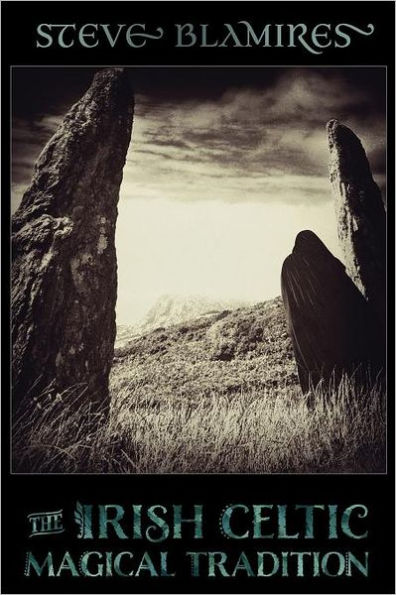Home
Ireland in Pre-Celtic Times


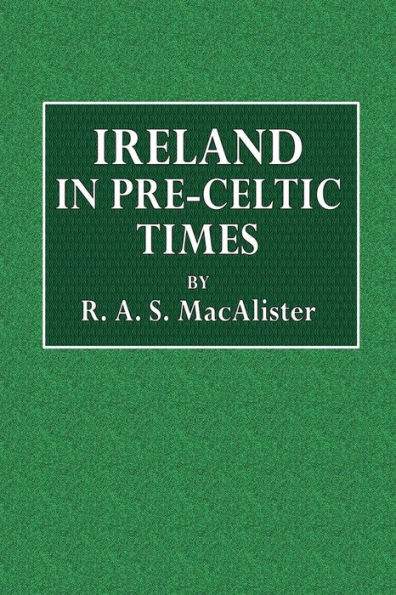
Ireland in Pre-Celtic Times
Current price: $12.99
Loading Inventory...
Size: OS
The last few years have seen a great change in the study of prehistoric times. Up till then writers were mainly engaged in recording discoveries, studying remains typologically, evolving comparative chronologies, and to a less extent noting the distribution of various types of culture. Of late there has been a tendency to reconstruct from this material a coherent history of these early days, and the word ' prehistoric' is becoming an awkward term, for authors are now engaged in writing the history of prehistoric times.
No one has done more to reconstruct such history than Professor Macalister, and his wide knowledge and the breadth of his sympathies, no less than the very readable style of his works, pre-eminently fits hira for such tasks. His latest volume is upon Ireland, and here he is fortunate in his subject-matter, for it would be difficult to find another area of equal size in which there exists such a wealth of material of all kinds dealing with prehistoric times, especially those following the dawn of the Metal Age.
The reason for this abundance of metal objects of an early date has been made clear to us by the researches of the late Dr. Coffey, and we know now that in the Bronze Age, and perhaps later, Ireland was Europe's Eldorado, for the gold of the Wicklow Hills was sought for by prospectors from many different lands, while golden ornaments of Irish manufacture were exported widely, and may even have reached beyond the confines of this continent.
But the wealth of Ireland consists not only in its great store of objects of gold and bronze, for rude stone structures known as megalithic monuments are very numerous throughout the country, and some of these, like New Grange, are of exceptional interest. Whether or no these monuments were erected by the gold seekers, as has been suggested, may be an open question; the monuments themselves add greatly to our knowledge of the island in early times. Again there is the immense wealth of Irish legend, and the information to be gathered from the study of place-names.
All this varied material has been utilized by Professor Macalister, and he has produced a pleasantly written account of the history of the island from the earliest days in which it was inhabited to the dawn of the Iron Age. Though he is probably justified in his opinion by the evidence, or the lack of it, that there was no Palaeolithic Age in Ireland, this dictum is likely to be criticized in some quarters. On early Neolithic remains his views are not quite clear; he seems to derive the Larne culture from Scotland, yet states that the Oronsay culture was Azilian, while that of Larne was Campignian.
The Bronze Age scarcely receives as much attention as the importance of the subject demands, and one would gladly have had more information as to the resemblances to be noted between Irish examples of metal work and those discovered elsewhere. The gold trade is touched upon very lightly, and its possible connexion with the spread of megalithic culture is ignored.
Professor Macalister is convinced that Celtic speech did not reach Ireland until the Iron Age, and that before 300 B.C. the island was non-Celtic.
Still, in spite some small criticisms, the book is both valuable and readable, and we have but one further complaint to make, which the author has anticipated. When the reader comes across such words as Latharna, Droichead Atha, Boinn, and Teamhair, he is somewhat puzzled until, on referring to the index, he discovers that they are his old friends Larne, Drogheda, Boyne, and Tara.
–The Antiquaries Journal, Vol. 2 [1922]
